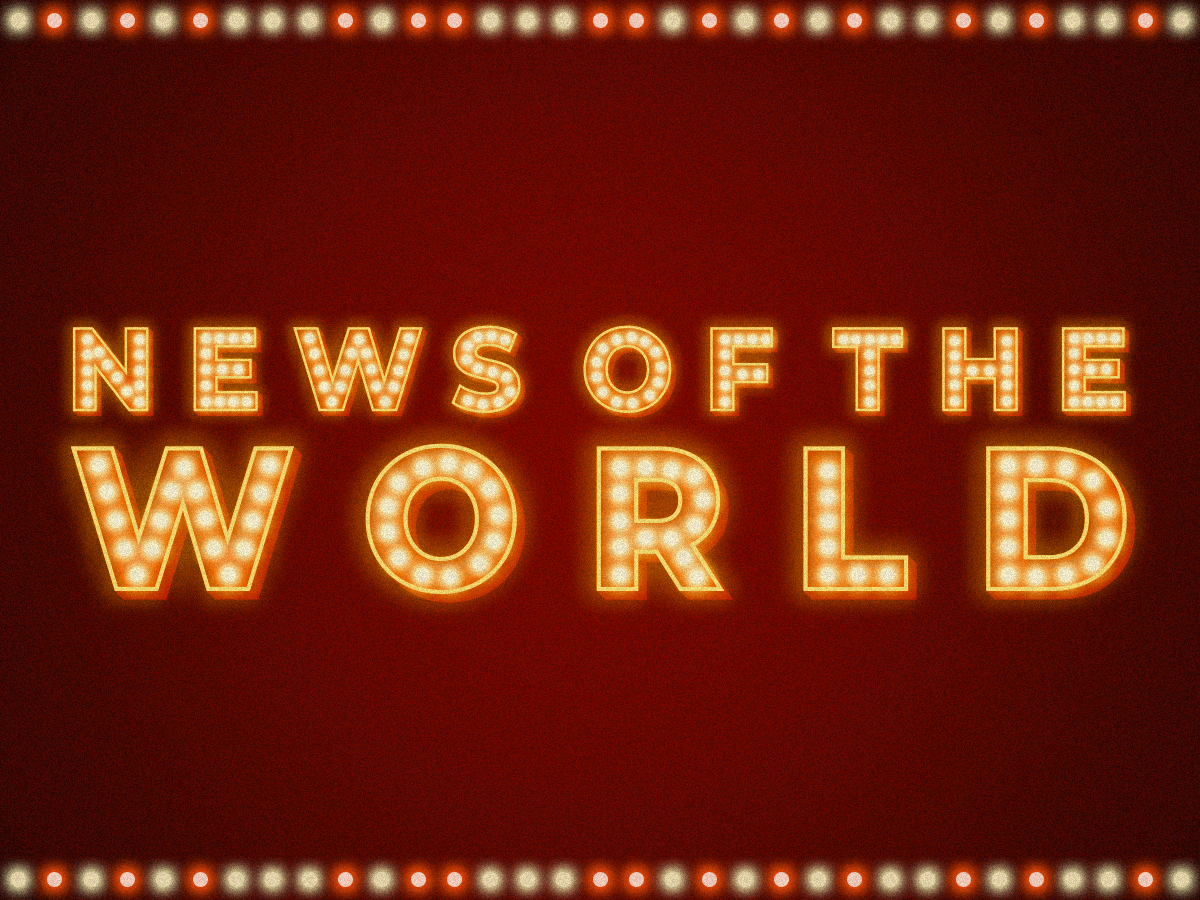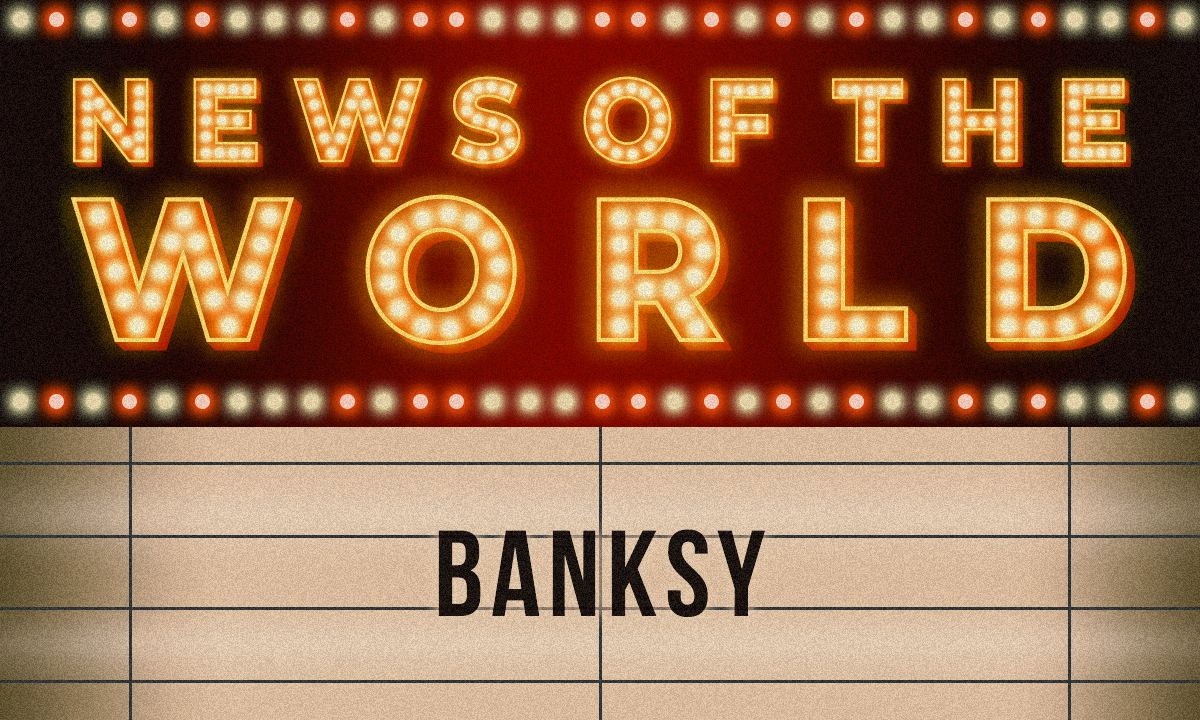
NoW
[NoW] The freedom, peace and justice of Banksy
The Art of Banksy exhibition review
2021.07.30
The exhibition The Art of Banksy: Without Limits, which allows visitors to walk in the footsteps of world-renowned graffiti artist Banksy, ended its world tour of 11 countries and has kicked off an Asian tour starting in Seoul. The opening was postponed in the wake of COVID-19, however, disappointing those who had been looking forward to the exhibition. The opportunity to witness his art in person may have been delayed, but I’ll take this opportunity to try and prepare visitors for a more meaningful exhibition experience by introducing them to the world of his work before it opens.
Banksy, who began his career in the United Kingdom, is a graffiti artist and art film director who works on the global stage without ever revealing his true identity, but his image as an artist with an unconventional approach and whose works contain messages about modern society have earned him many fans. The artist holds a critical view of the power and authority found throughout society, as well as an anarchistic attitude. As soon as his piece Girl with Balloon was auctioned off in October 2018, he once again made headlines worldwide with a performance wherein the work was automatically shredded by a paper shredder that he had previously installed within the frame. By carrying out the performance, he displayed a wariness toward the art auctioning system, which sets the value of paintings in monetary terms. The new owner of the painting, which sold for KRW 1.5 billion, opted to keep the work in its damaged form, however, after which Banksy’s agency changed the title of the artwork to Love is in the Bin, and the work actually increased in value, exposing the irony of the modern world of art to the masses.
Banksy’s message-filled performances have similarly taken place suddenly and in unexpected places: In addition to scattering his works around various cities, he also creates antiwar graffiti with messages of peace in disputed regions and orchestrates unauthorized installations of his own works in art museums, demonstrating his resistance to the power of institutionalized museums. His work is filled with critical stances against institutions and reports of horrific human acts like war. Because the nature of the work makes it difficult for it to be permanently preserved, Banksy confirms his authorship by posting videos and other materials on his personal site to prove his work is his own. Although his way of working means Banksy is always accompanied by debates revolving around vandalism, the artist has risen to fame and all the more keenly imprinted himself on the collective consciousness because of the image of parody and pastiche he cultivates.
Banksy creates new meaning by exposing reality as he sees it and the values he hopes for, using combinations of conflicting images not commonly seen in real life, such as protestors throwing flowers in lieu of Molotov cocktails, royal guards urinating in the street, or Mona Lisa carrying a rocket launcher. His moves to satirize reality don’t stop there, though. Banksy once more captured the world’s attention with his amusement park-like project, Dismaland. As the name suggests, visitors to this dismal place faced strict control measures carried out by people dressed as security guards and walked through fake body scanners. Upon entering, visitors were given a gloomy welcome complete with staff members holding black balloons bearing the words “I am an imbecile,” while the sight of a dilapidated castle and a distorted mermaid princess left many people disoriented right from the start. Paparazzi snapping photos of Cinderella’s overturned pumpkin carriage without reservation, a butcher on a merry-go-round and a boat of refugees floating in water near the shore all reflected the dark side of society in a way completely different from what we have come to expect from theme parks. What made Dismaland even more shocking to people was that it forced them to face the bleak reality that we work so hard to ignore. The memories formed there once again created new meaning and led to action.
As Banksy said in one interview, “I like to think I have the guts to stand up anonymously in a Western democracy and call for things no one else believes in—like peace and justice and freedom.” His oeuvre shows the sum of his active artwork. As much as “art for art’s sake” is regarded with respect and importance, if art that’s rooted in reality for the benefit of the masses can press forward this way, then art will usher in a brighter era for us all.
-
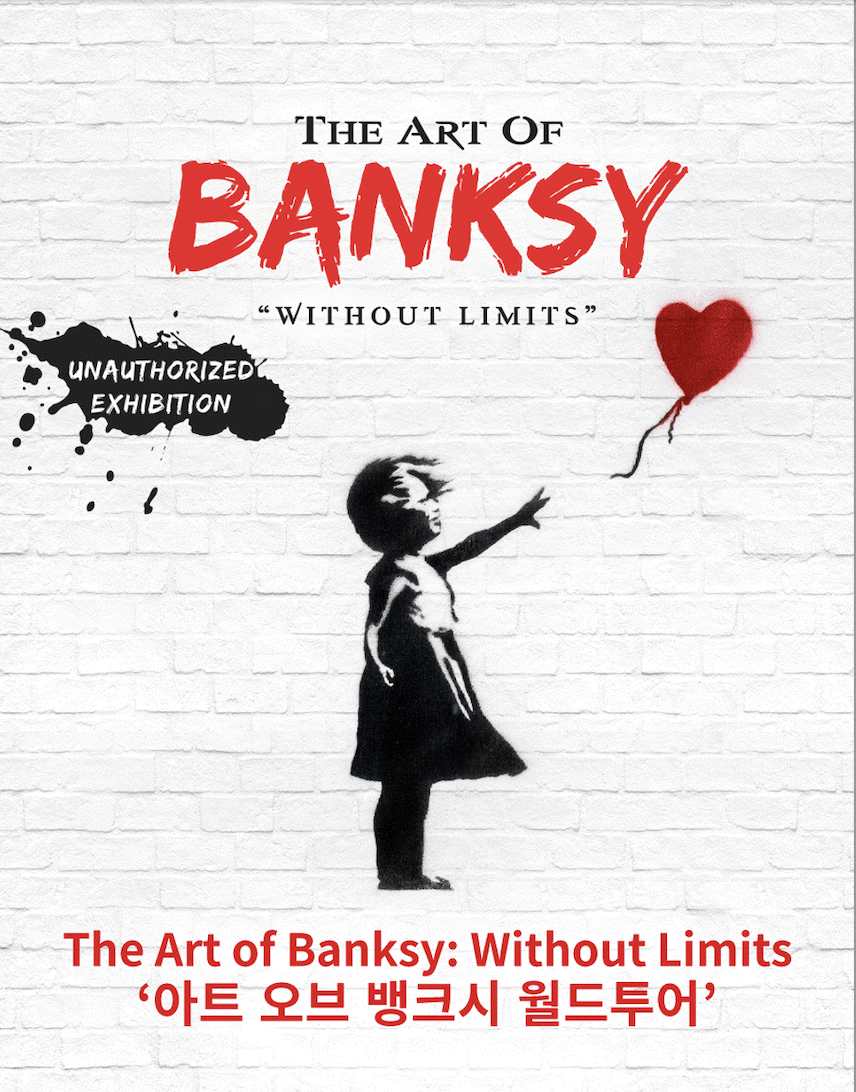 ©️ The Art of Banksy
©️ The Art of Banksy
TRIVIA
Pastiche
Originally a method of imitating the writing style typical of early 18th-century French literature, the term came to denote works that imitate a hodgepodge of other artworks in the postmodern era. Unlike parody, which adopts one part of a preexisting work in order to satirize it, pastiche characteristically borrows from its source material with little modification.
Article. Jangro Lee (Art Critic)
Design. Yurim Jeon
Copyright © Weverse Magazine. All rights reserved.
Unauthorized reproduction and distribution prohibited.
Unauthorized reproduction and distribution prohibited.
Read More
- [NoW] A party for Andy Warhol2021.04.09
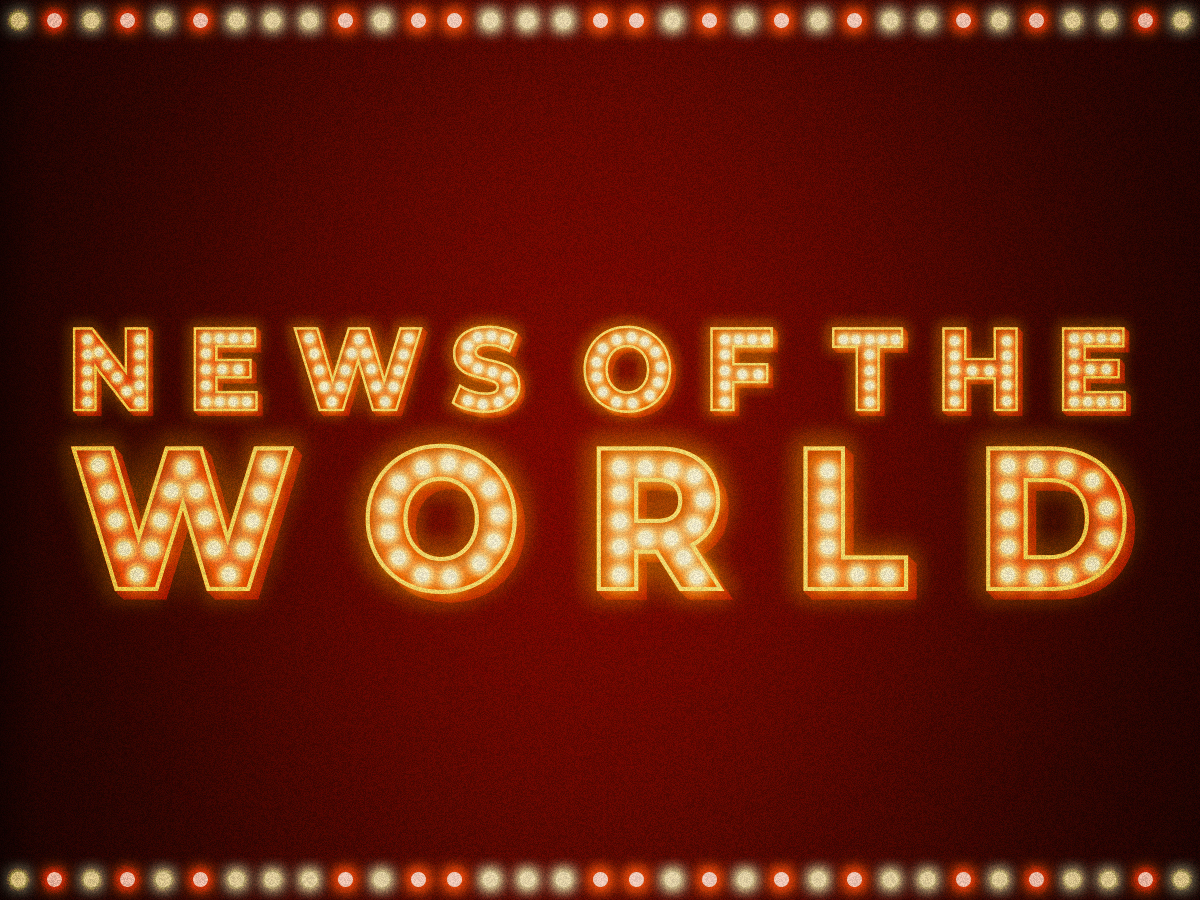
- [NoW] Lee Bul : Beginning2021.05.07
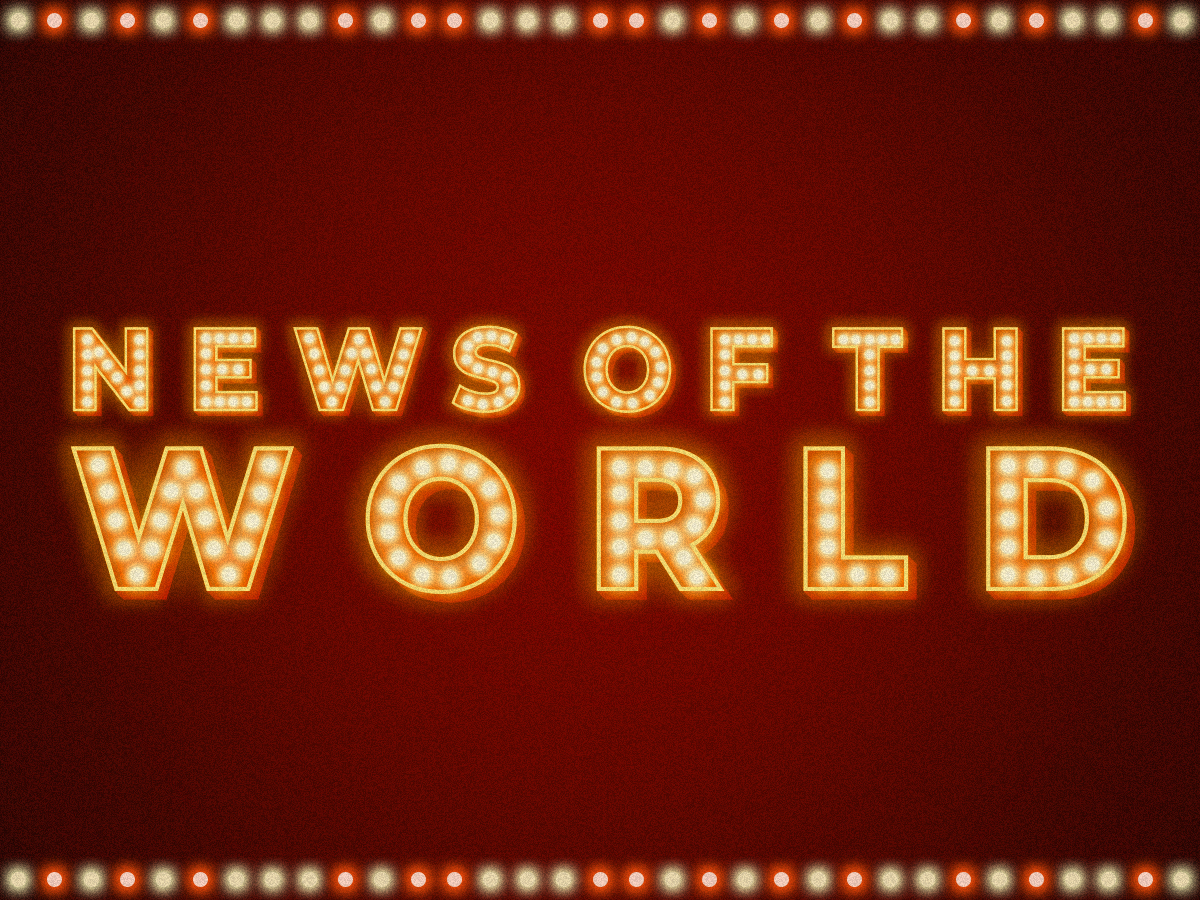
- [NoW] Picasso’s Eternal Passion2021.06.04
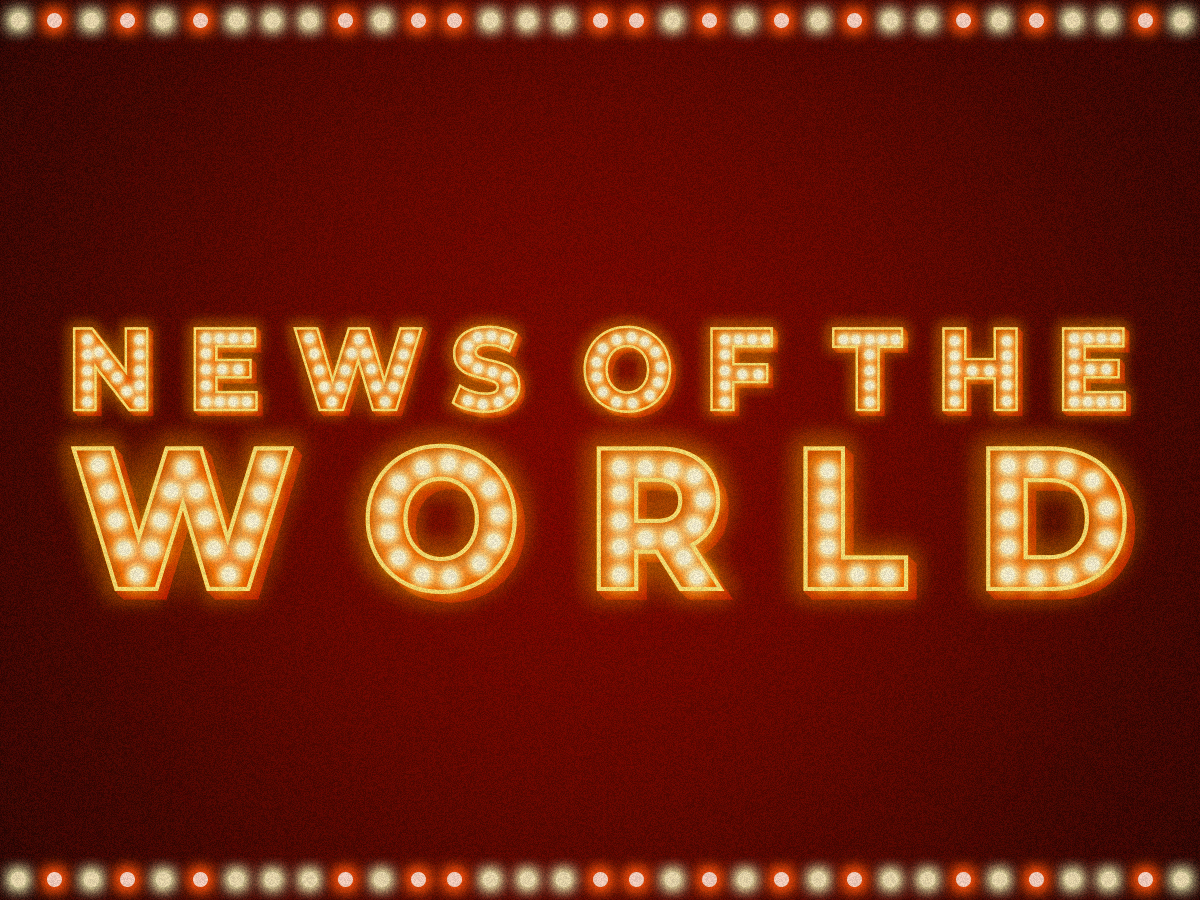
- [NoW] Richter’s colors and lights2021.07.02
